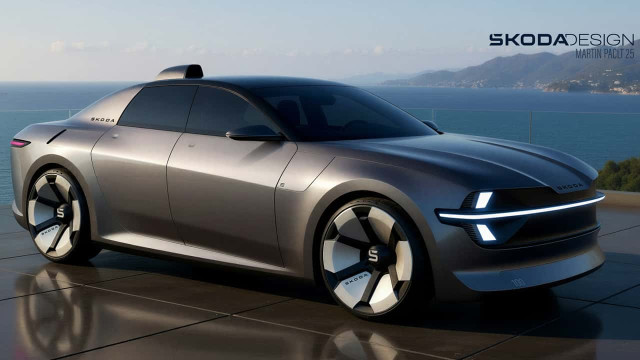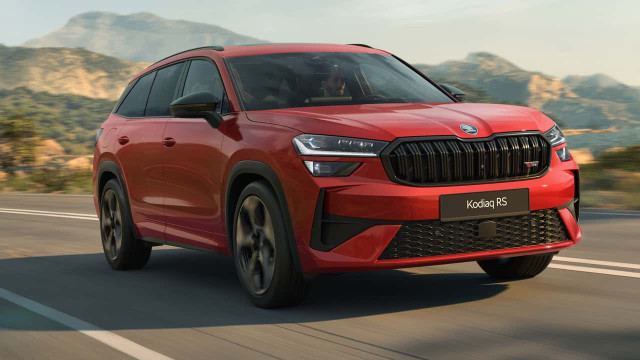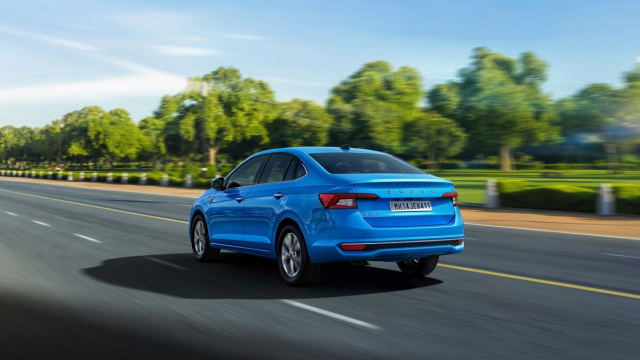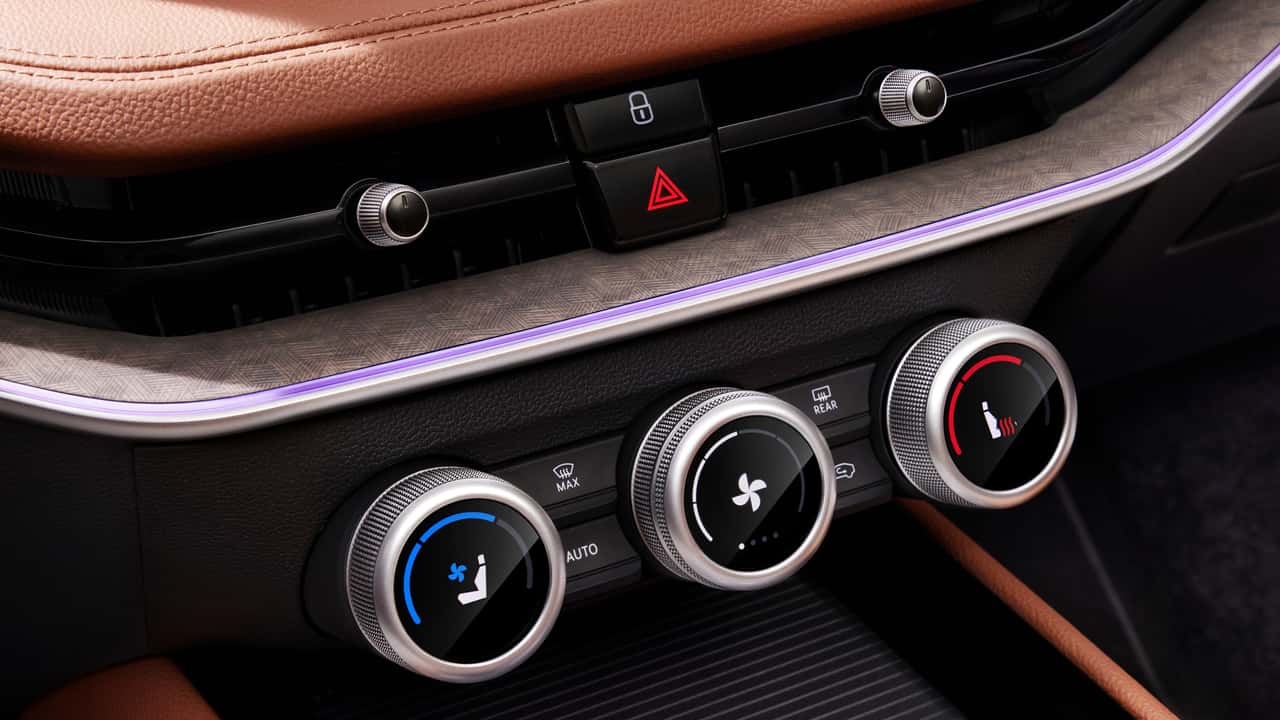Skoda Embraces Physical Controls, Prioritizes Buttons and Dials
While many car manufacturers have been minimizing the presence of physical buttons in favor of touchscreens, often slashing the number of traditional switches, Skoda is taking a different approach. Unlike some brands, such as Volkswagen, which have responded to customer feedback by reducing their reliance on infotainment systems, Skoda has maintained a moderate reduction in button count without fully committing to screen-only controls.
In models like the Superb and Combi, Skoda aims to strike an optimal balance between screen integration and dedicated controls for frequently accessed functions. The company's CEO shared with The Independent that their innovative Smart Dials represent the future of in-car interfaces: “This is the direction we need to pursue. Physical toggles and dials provide a tactile experience without causing distraction.”
Introducing Smart Dials
The Smart Dials system, showcased in the accompanying video, enhances user interaction through a combination of touch and tactile controls. The outer dials manage interior settings such as temperature, seat heating, and ventilation. By pressing a dial, the 32mm embedded screen switches the function of the rotary push-button, allowing the driver and passenger to select specific adjustments.
The central dial offers even greater functionality, allowing users to adjust fan speed, air direction, air conditioning, audio volume, driving modes, and map zoom. However, only four out of these six settings are accessible directly through the dial, with the remaining options selected via the touchscreen interface positioned above.
Future Implementations
Currently featured in two of Skoda's models, this Smart Dials setup is expected to be incorporated into their forthcoming three-row electric SUV, aligning with the design seen in the Vision 7S concept that includes triple dials. Addressing past challenges, the CEO acknowledged previous software issues within the VW Group's models but emphasized significant improvements:
“Our software has evolved considerably. Initial struggles have been overcome through continuous updates, resulting in a stable system with minimal glitches.”
Enhancing User Experience
Looking ahead, Skoda is focused on reducing the complexity of in-car technology to enhance usability:
“Simplification is a key objective for us. We aim to create intuitive interfaces by eliminating unnecessary visual clutter. During our development process, we constantly ask: ‘How can we remove distractions and ensure clarity?’”
While the era of abundant buttons and switches may be waning, Skoda is optimistic about maintaining a blend of analog controls complemented by discreet digital elements, ensuring drivers have both tactile and visual options for managing their vehicle's features.






